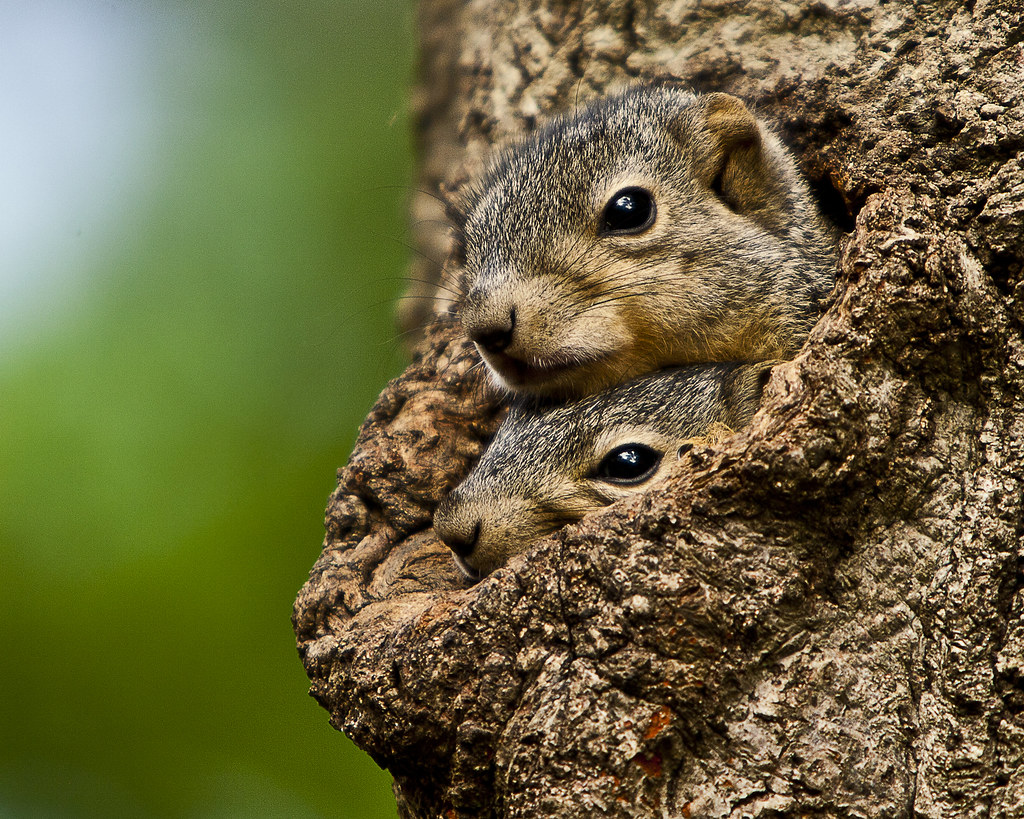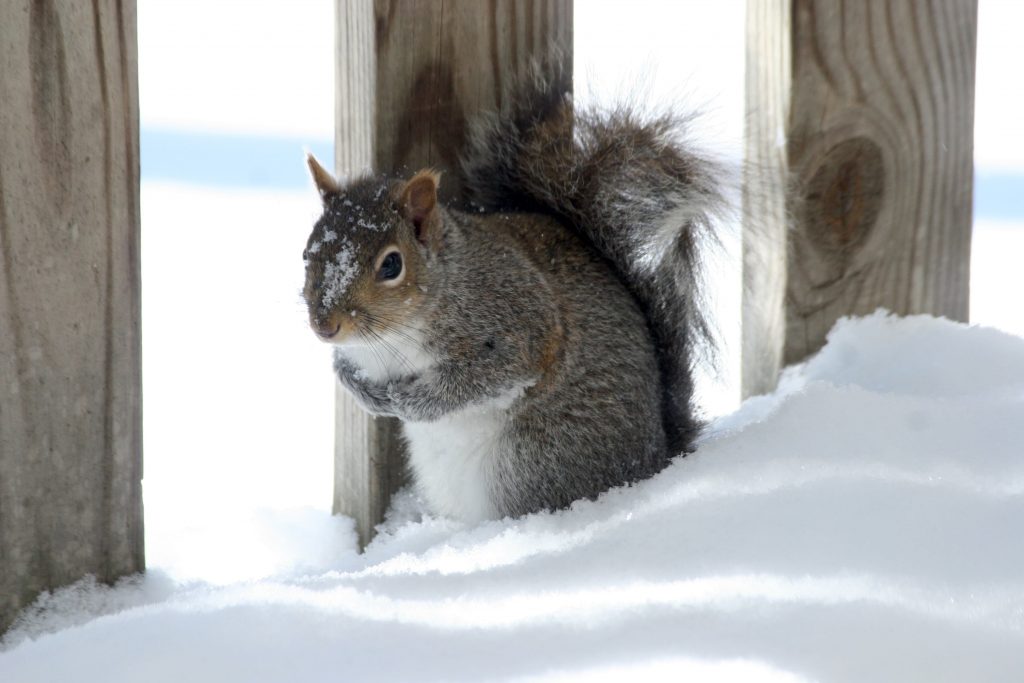

The Douglas squirrel is found in stands of fir, pine, cedar, and other conifers in the Cascade Mountains and western parts of Washington. Its upper parts are reddish-or brownish-gray, and its underparts are orange to yellowish. 2) measures 10 to 14 inches in length, including its tail. The Douglas squirrel, or chickaree (Tamiasciurus douglasii)(Fig. Most squirrels die during their first year if they survive that, they live three to five years.Vehicles, disease, and starvation also kill squirrels.On the ground, large hawks and owls, domestic cats and dogs, coyotes, and bobcats catch squirrels.In trees, squirrels are relatively safe, except for an occasional owl or goshawk.The second litter may stay with the mother in the nest through the winter until well after the winter courtship season.At about three months of age, juvenile squirrels are on their own, sometimes remaining close to the nest until their parent’s next breeding period.At about 60 days of age, they begin eating solid foods and venture to the ground. At about 30 days of age, the young are fully furred and make short trips out of the nest.All except flying and western gray squirrels may produce second litters in August or September.One litter of two to four young is produced from March to June. Depending on the species, tree squirrels mate from early winter to late spring.Nests contain leaves, twigs, shredded bark, mosses, insulation, and other soft material.


Where these are unavailable, they will build spherical or cup-shaped nests in trees, attics, and nest boxes. Tree squirrels construct nursery nests in hollow trees, abandoned woodpecker cavities, and similar hollows.Mammals of the Pacific Northwest: A Pictorial Introduction Noisy sputterings and scoldings from the tree canopy call attention to the native Douglas squirrel, also known as the chickaree, or the similar size native red squirrel. Monofilament recovery and recycling programįigure 2.


 0 kommentar(er)
0 kommentar(er)
